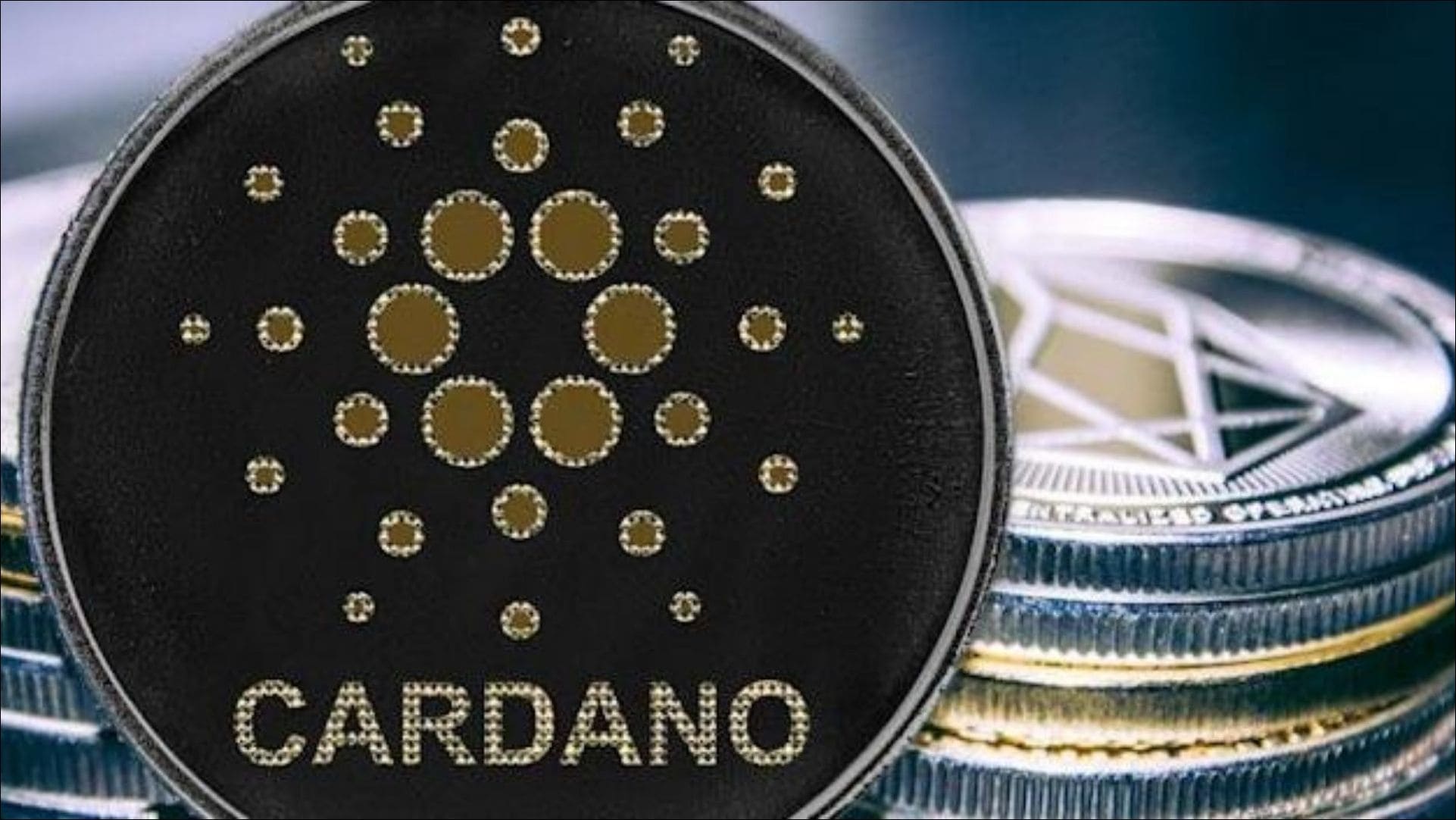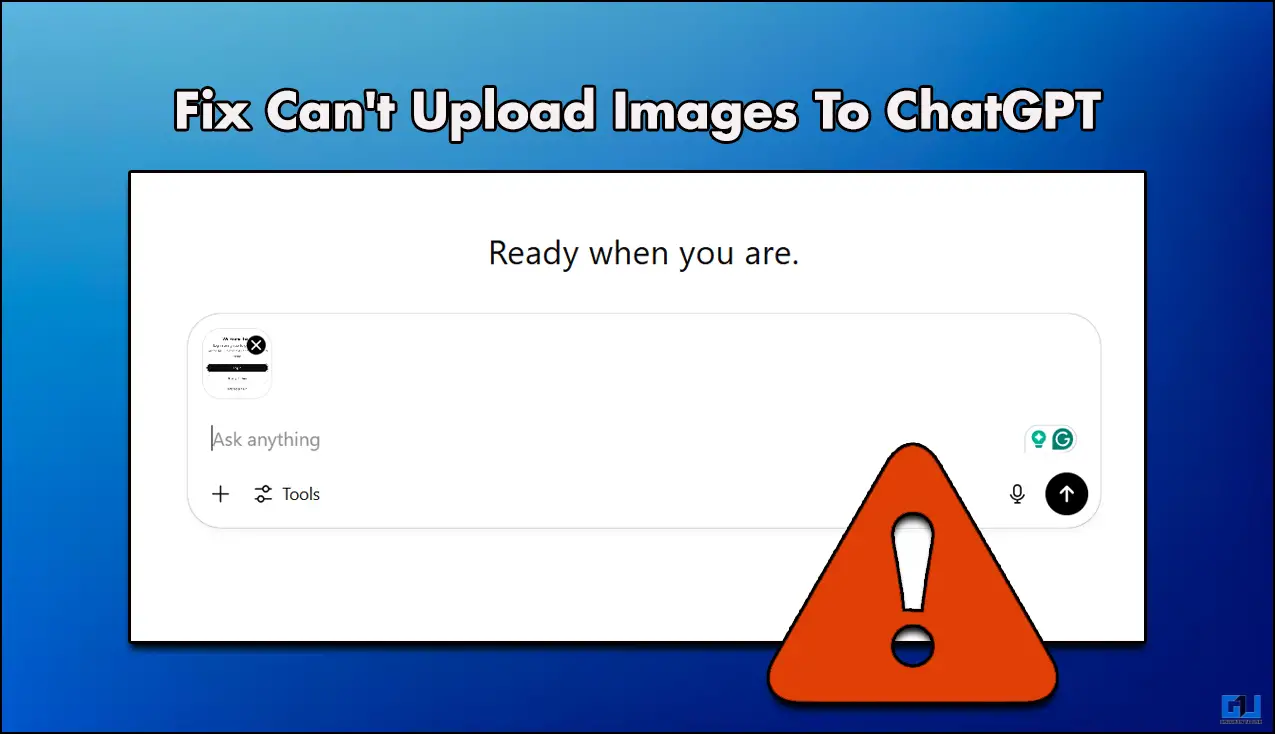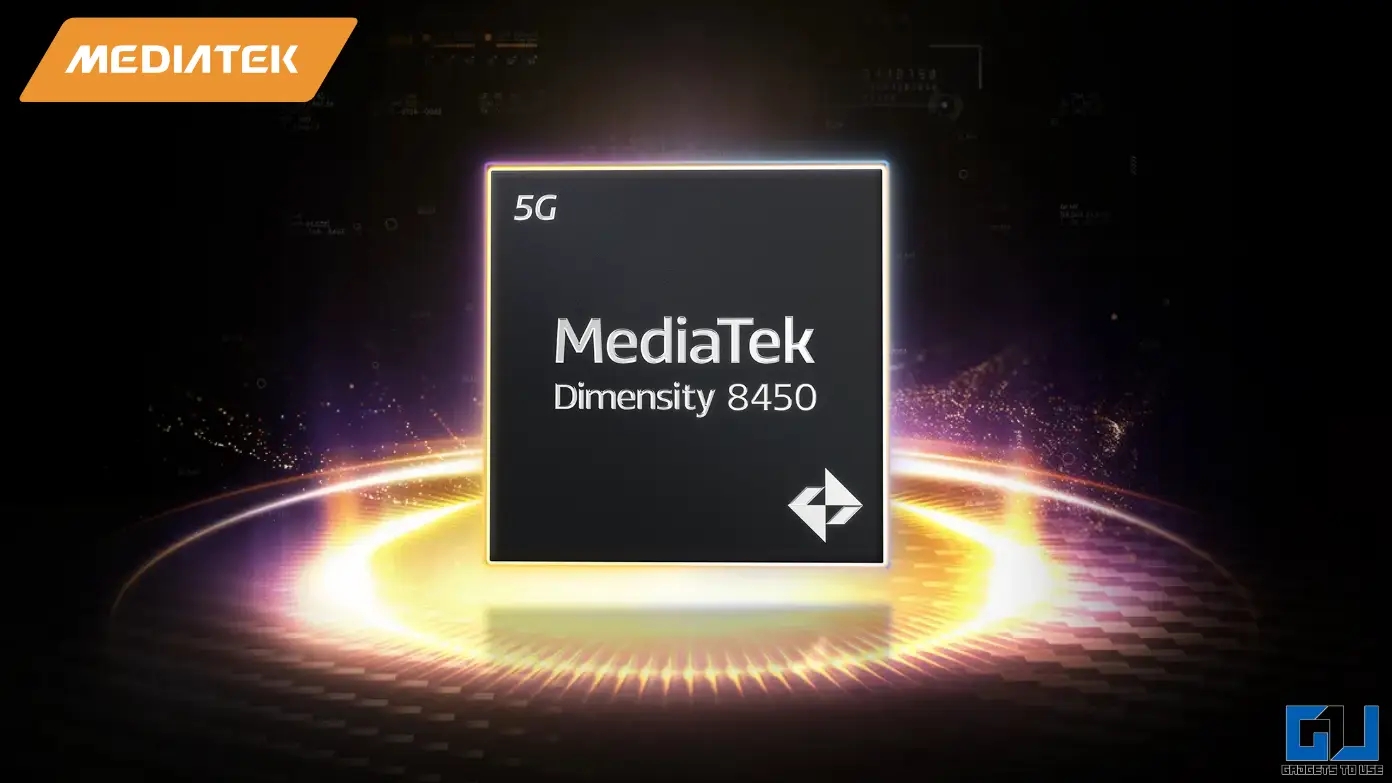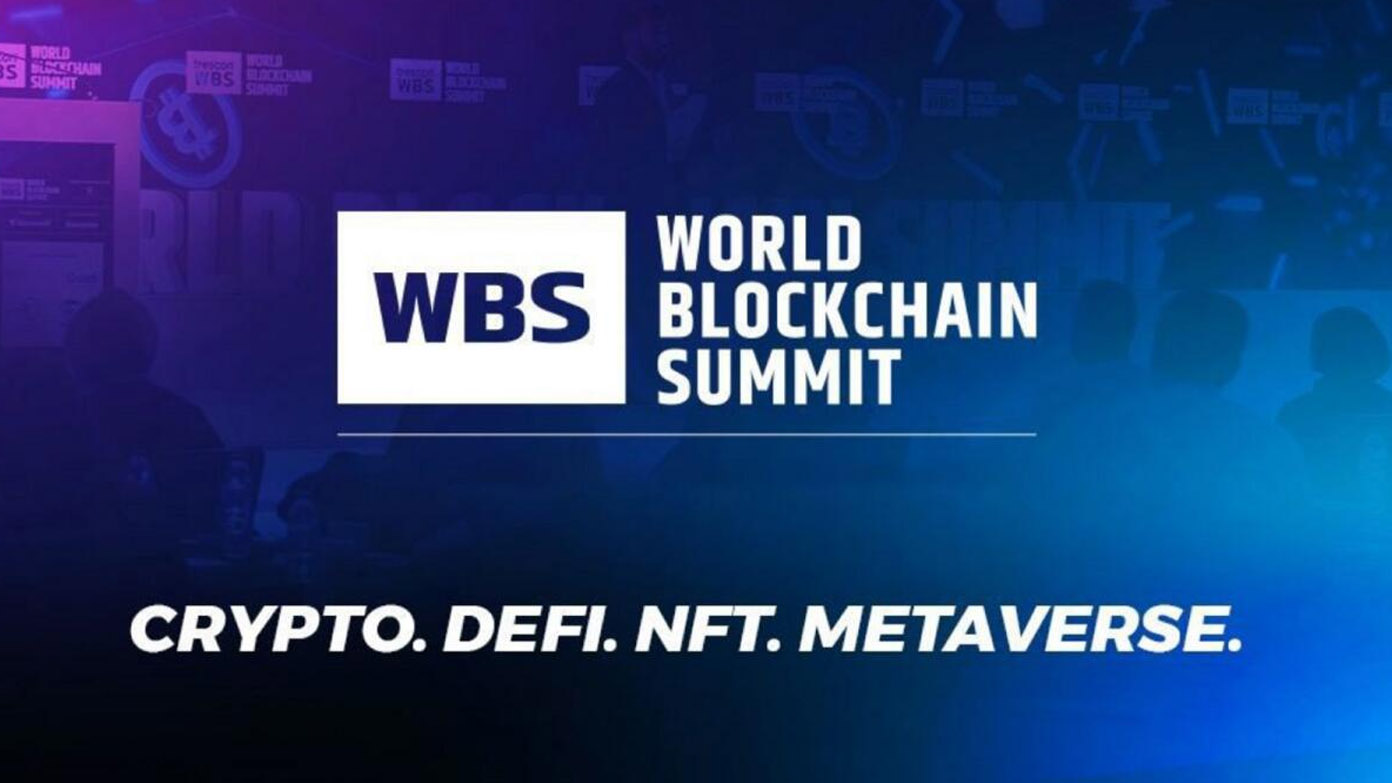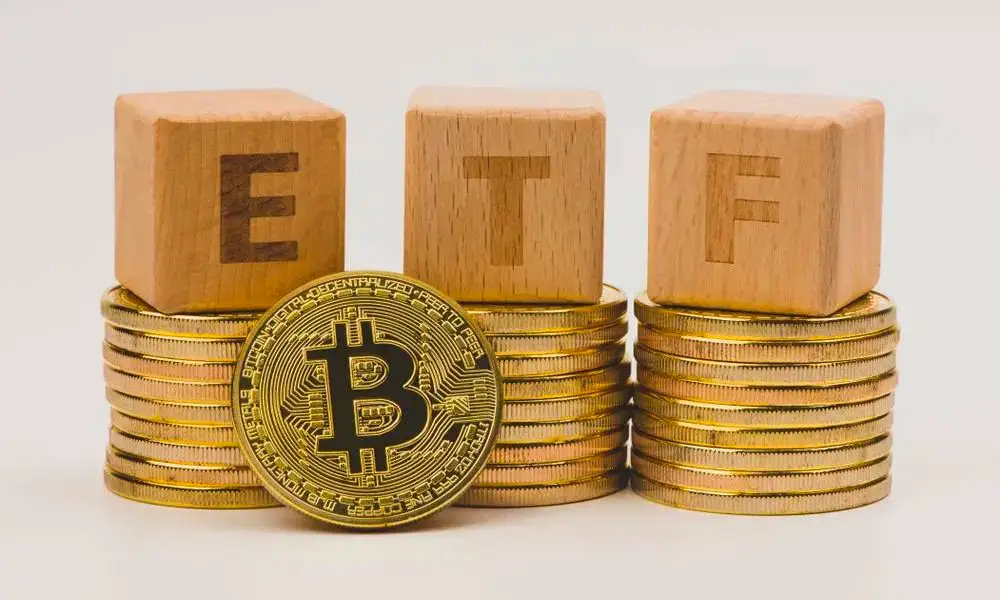Quick Answer
- The benefit of this protocol is that multiple parallel epochs can be run simultaneously, and the number of slots in the epoch can be increased to increase scalability.
- But it is laying down the groundwork that may lead to massive growth and more Dapps and DeFi projects shifting to Cardano in the later future.
- This system helps create a sustainable structure that incentivizes developers who want to help evolve the blockchain while giving stakeholders and miners a reason to participate.
Cardano is a Blockchain Network. It is open-source and Decentralized. It has had a slower growth compared to other cryptos. But it is laying down the groundwork that may lead to massive growth and more Dapps and DeFi projects shifting to Cardano in the later future. So, In this article, we aim to explain Cardano, take a look at its origin features, and compare it with Ethereum.
Explaining Cardano
Cardano is a Blockchain Network similar to Ethereum, Bitcoin, or Solana. It was founded by Charles Hoskinson in 2015. He was the co-founder of Ethereum and also later co-founded IOHK (Input Output Hong Kong). IOHK helped in the creation of the Cardano. It is a Proof of Stake blockchain. This helps save electricity but also improves transaction speed. It can process 250 transactions per second but can be improved further to process more.
Cardano is named after the Italian mathematician Gerolamo Cardano. Its cryptocurrency ADA and sub-currency Lovelace are named after Ada Lovelace. This helps save electricity but also improves transaction speed. It can process 250 transactions per second but can be improved further to process more. It is the 7th biggest cryptocurrency with a market capitalization of 37 Billion dollars.
Cardano is deflationary. It means that it only has a limited number coin supply of 45 billion ADA coins to be ever created and no more than that. This means that over time, as the demand rises, the value of Cardano will increase. It focuses on three main goals:
- Scalability: To scale the blockchain as the user base grows. Increase transaction speed over time.
- Interoperability: Act as the internet of blockchains. Help transfer assets between different blockchains.
- Sustainability: To be self-sustainable and operate independently.
To achieve these goals, Cardano uses different methods and technologies. These features help shape it and are why Cardano has such massive community support. Let us look at some of those features and how they achieve the three main goals.
Also, read | Metaverse Explained: Its Uses and Role of Crypto in Metaverse
Features of Cardano
Ouroborus Protocol
In a Proof of Stake blockchain, one random person is selected to validate the transaction. Ouroborus is a proof of stake protocol. In this protocol, the time between the creation of Blocks of data is divided into Epochs. Epochs have multiple slots. People take part in these slots. Some are selected at random to be slot leaders. The slot leaders are now in charge of mining or validating transactions in that slot. This whole process is called Ouroborus
One block is added per Epoch and has to be finished before the next Epoch. If the slot leader fails to validate the transaction before the next Epoch, someone else is selected. The benefit of this protocol is that multiple parallel epochs can be run simultaneously, and the number of slots in the epoch can be increased to increase scalability.
KMZ Side-Chain Protocol
One of the Goals of Cardano is Interoperability between different Blockchains. Currently, there is no way for different blockchains to communicate. Or even transfer assets without using a crypto exchange. Cardano wants to change that and become an internet of Blockchains. They use protocols like KMZ Sidechain to bridge and allow seamless transfer of assets between Cardano and another Blockchain. Cardano is working on more solutions to improve interoperability using bridges.
Treasury System
Treasury is a smart contract. It stores funds that are collected from the transaction fees applied to every Cardano transaction. The funds are secure and cannot be used by anyone. These funds are then used to pay the developers who want to improve the blockchain. The developer can propose what they will change or improve and how much they want in return. The community votes on the proposal, and if it is selected, then the treasury deposits the funds asked into the developer’s crypto wallet.
This system helps create a sustainable structure that incentivizes developers who want to help evolve the blockchain while giving stakeholders and miners a reason to participate.
Ethereum VS Cardano
Charles Hoskinson created Cardano after he left Ethereum. He built it with the idea of improving it over Ethereum and fixing its limitations. He wanted to create a more widely acceptable blockchain network and overcome the hurdles which Ethereum faced.
Limited Supply of Coins
Ethereum does not have a limit on the supply of Ether coins. This means that more Ether coins are created every year, and there will be an unlimited supply of Ethereum coins.
Cardano on the other hand has a limited supply of 45 Billion coins. There will only be 45 Billion ADA coins to be ever produced. It makes Cardano a deflationary coin. It means that over time as the users of the blockchain consume more coins and the supply of the coin decreases, the value of the coin will increase.
Cheaper Transaction Fees
Ethereum is infamous for its high gas fees. It is the fee for validating and processing transactions. The high gas prices result from the proof of work system Ethereum uses to validate the transactions. It is slower and can only process 15-30 transactions in a second. So you have to pay a high fee if you want your transaction to be validated quickly.
On the other hand, Cardano uses a Proof of Stake system and can validate multiple transactions in a parallel manner. This means that not only it saves a lot of electricity but it also helps in faster processing speeds. Fewer resources and energy is spent on mining Cardano which is why the transaction fee is significantly low on Cardano.
Also, Read | Shiba Inu Explained: Comparison with Dogecoin, and Other Questions
Wrapping Up
Cardano has active development plans to improve and grow. It will likely see more growth in the near future and raise in value over time. It is working on interoperability with the Ethereum blockchain, which will help more Dapp projects to shift and operate with Cardano. We hope we helped you explain Cardano, it works, and all the features it offers.
You can also follow us for instant tech news at Google News or for tips and tricks, smartphones & gadgets reviews, join GadgetsToUse Telegram Group, or for the latest review videos subscribe GadgetsToUse Youtube Channel.



